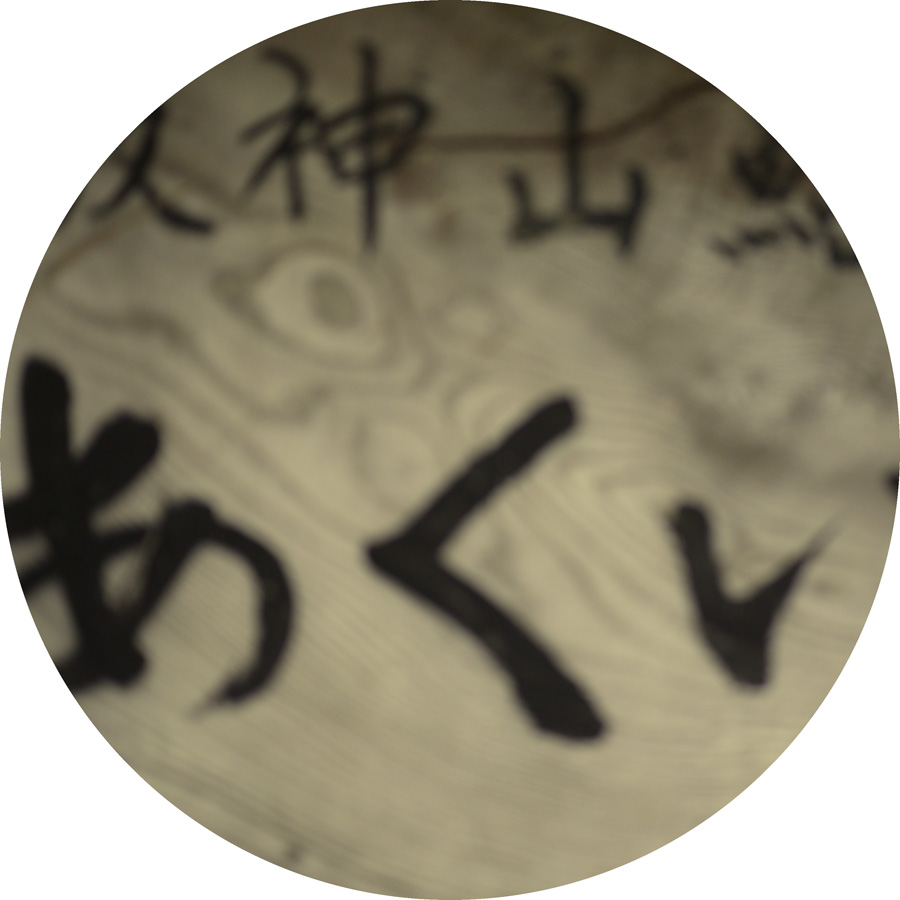
Charcoal Kiln Firing Process!
Diary 2010.12.7
So to recapitulate, wood is stacked inside, clay is pounded into an egg-like katachi forming the roof. The wood stacked inside is set alight…
The idea is to fire the clay so we have a solid, stiff roof for the kiln and also to produce the first batch of charcoal. In order to make charcoal the temperature can’t be too high (otherwise we make make some kind of ash) and it can’t be too low (otherwise charcoal will not be created). The clay roof be fired during the process of making charcoal. It’s a double procedure.
The kiln had already been ignited when we arrived. We see Higashitani san, Tsuyoshi san and Senzaki san crouched over the kiln lightly dragging the clay, smoothing away the cracks as they appear. Please don’t be concerned. Cracking is a natural part of the process. As the wood supporting the clay slowly burns away the roof becomes harder and harder and more fragile. From this moment on it is impossible to stand on the roof, unless that is, you are a small bird like a Wren or a Tit or something like that (perhaps a squirrel could manage it too, maybe not a cat. Perhaps, I don’t know. But definitely not a dog, although if it was a Chihuahua then it might work, whatever).
It’s important to fill or smooth any cracks that appear so the core of the oven can reach the necessary temperature required to fire the clay and more importantly, facilitate pyrolysis. Initially though, air needs to be drawn into the kiln to start the combustion of the wood.
The larger cracks are filled with a mixture of clay dust and wood ash which is an excellent sealant. You can see the mixture in the photograph below:
Just before starting the fire inside the kiln Higashitani san had a little ceremony with salt for good luck.
The clay roof had dried considerably since we finished shaping it and although no longer wet, it was still slightly damp.
Below is a picture of the kiln’s flue and exhaust gas. This gas is an important indicator and the colour and volume of smoke can tell us precisely what’s happening inside the kiln. In the past, reading the smoke was the only way to find out the temperature inside the kiln and therefore at what stage the firing process is at. Nowadays it’s easier to use a digital thermometer in combination with a reading of the smoke; it makes it all foolproof. Over the next few days the smoke would change dramatically; compare the photo below (taken on the first day of the firing process) to the next one (taken on the third day of the firing process):
The difference in volume and colour of the smoke on the third day was obvious (digital colour discrepancies aside). The roof of the kiln was now dry and hot to the touch and a lot of new cracks had appeared (and been sealed with the magic dust). It looked like a small landscape, like a Charles Simonds work.
Although sealed with a thick layer of dust some gas did escape from the cracks in the kiln. The smell was wonderful, peaty and thick.
Below is a closer view of the exhaust flue. This was the point at which the temperature was taken. The smoke was so thick it appeared to be a single white column. There was a lot of water condensing around the flue (since water vapour is a by-product of combustion).
At this stage the temperature was high enough (approximately 100 degrees centigrade) to start the final phase of the firing which was pyrolysis. Below, Higashitani san seals the fireplace with clay so no air can flow into the kiln. From this point onwards the temperature inside the kiln increases exponentially.
By the fourth day of firing the smoke was lighter with a blueish tinge (below). This was an indication that pyrolysis was taking place inside the kiln.
We found Tsuyoshi san brewing coffee on top of the kiln. The clay was now hard and dry and too hot to touch.
A cockroach has no mental strength (for walking on fire). I’m not sure, but this could have been Tsuyoshi’s lunch. He mentioned that it is a shame to waste all this heat. We suggested he string a hammock above the kiln and sleep there. It’s not a bad idea.
The column of white smoke has disappeared, in fact, the smoke is now invisible. No more condensing water so no more water vapour. Tsuyoshi san measures the temperature with a digital thermometer.
Higashitani san and Tsuyoshi san keep detailed logs of the entire firing process including dates, time and temperature.
What is going to emerge from the kiln? Find out next time on ‘The Kiln Factor’ (to be continued….)

itoi+ru-san
Itoi-san - Kanuma soil. Likes salmon sashimi, dislikes entrails of sea cucumber. Ru-san - Lancashire hotpot. Creative type. Likes being outdoors. Dislikes status. Together we are ITOI ARTS a project in divergent creativity in the mountains of Shikoku, Japan. 四国の山奥、多様な創作、アートとは。 //イベント時のみオープン// \\ふだんはただの家//
Articles by itoi+ru-sanTo comment
コメントを残す
“Diary”Latest bulletin
“Diary” archives- Aki Rika (12)
- Chan (11)
- Claire Tanaka (3)
- Folklore and History (1)
- Karin van der Molen (13)
- Rakuon Rakujitsu (1)
- Taste of Kamiyama (4)


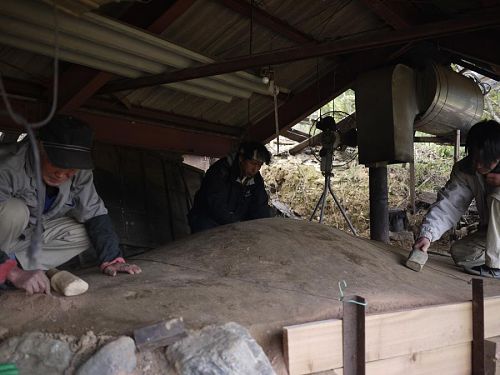
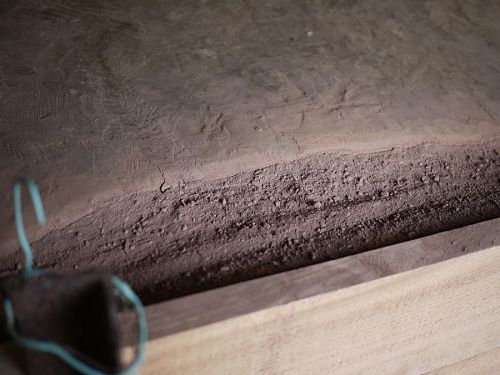
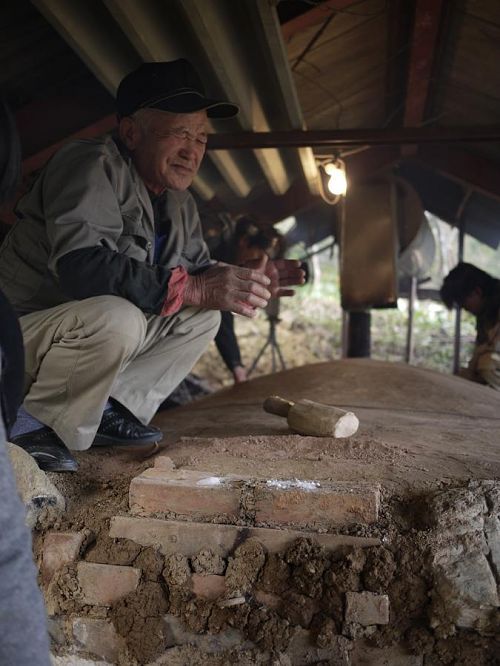
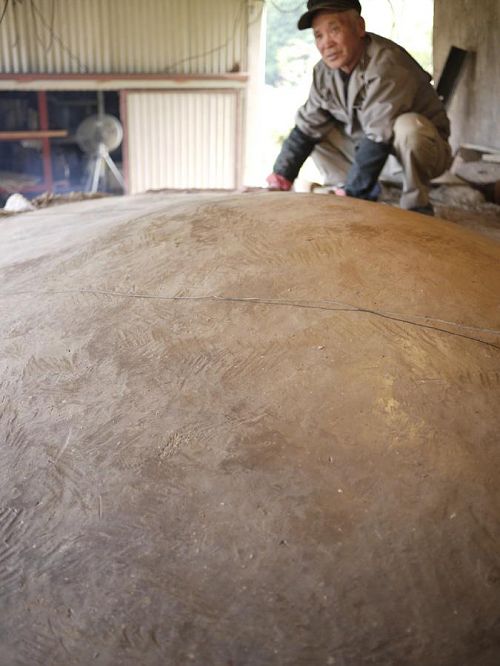
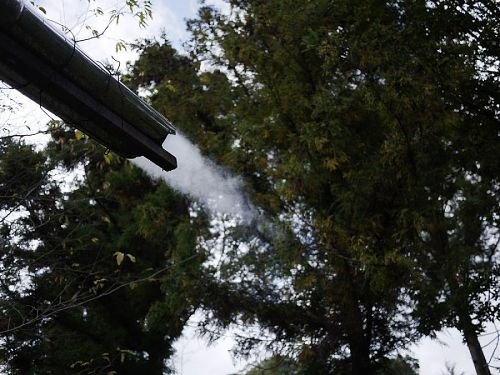
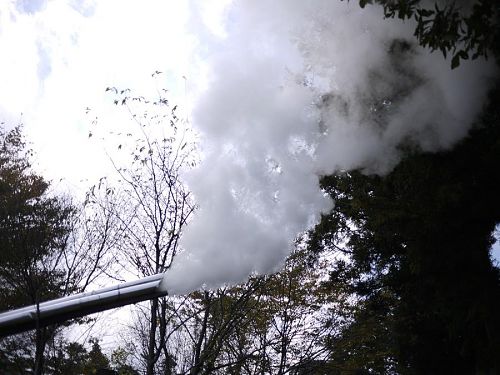
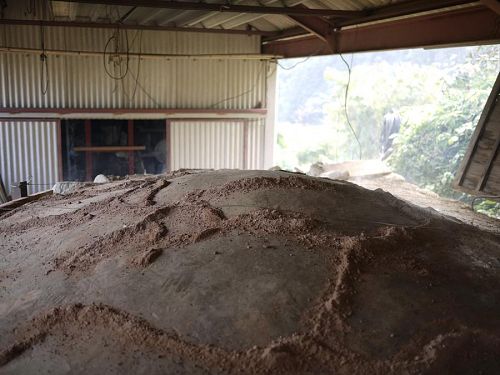
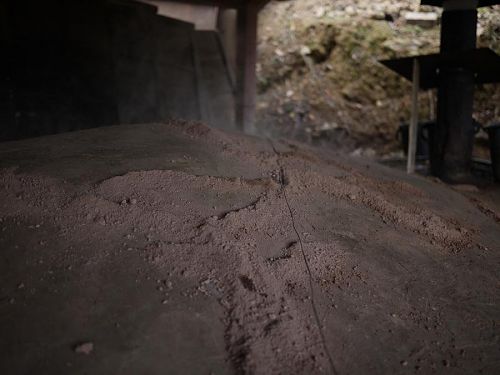
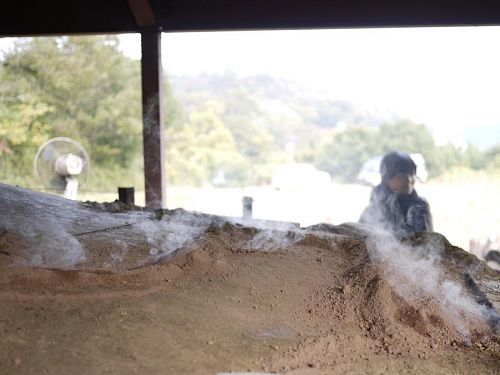
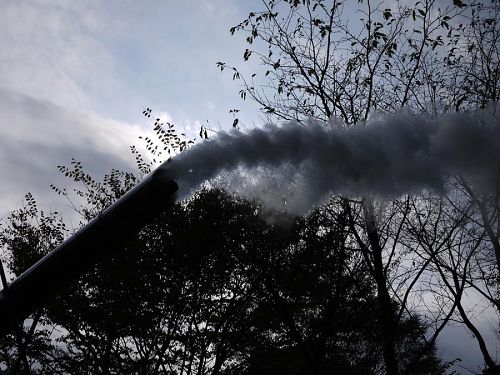
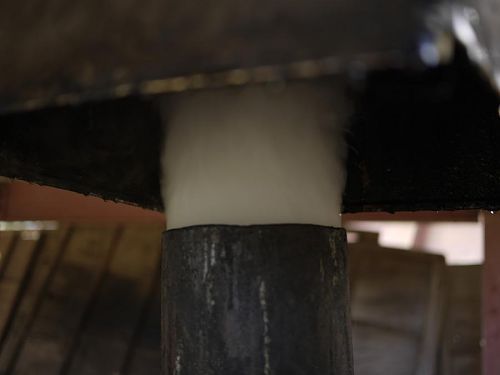
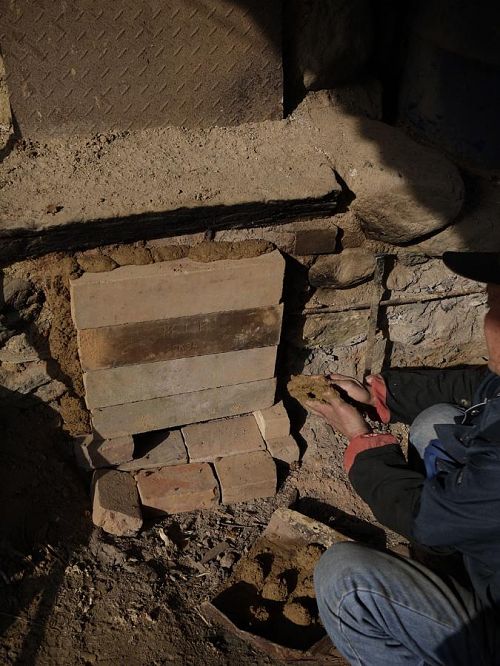
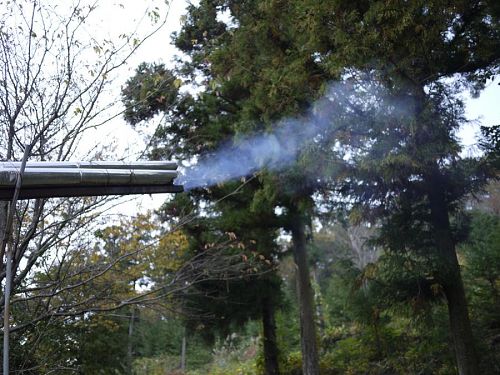
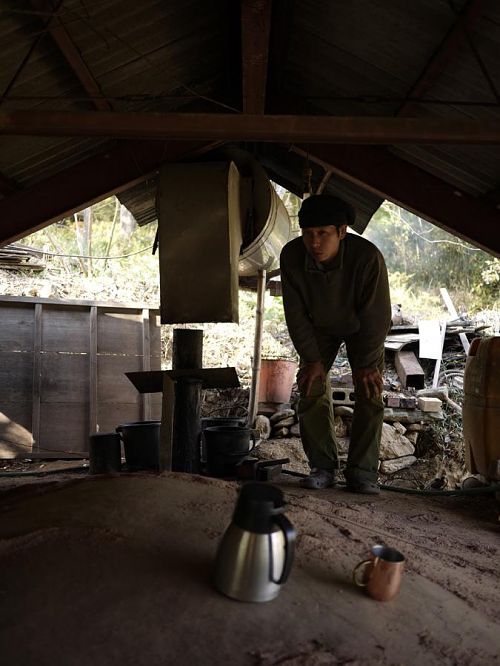
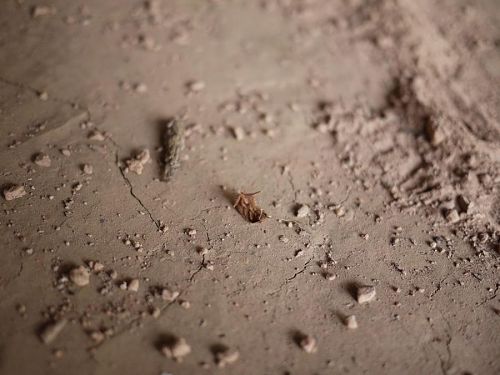
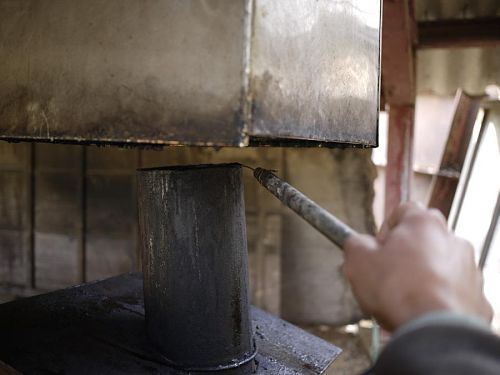
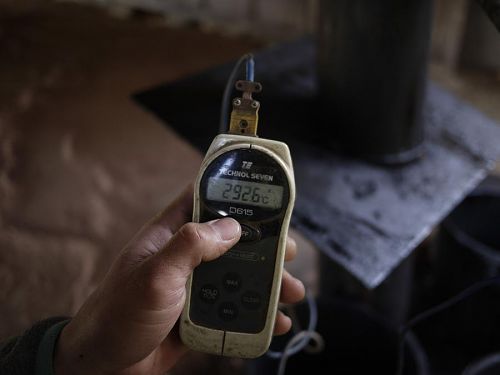
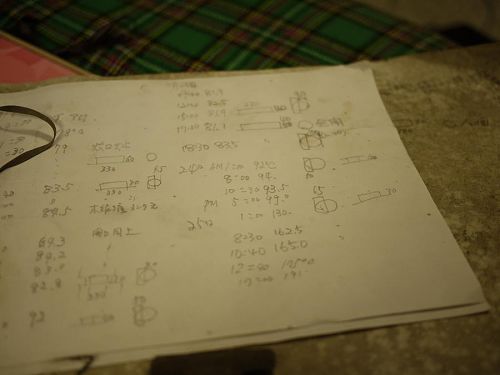
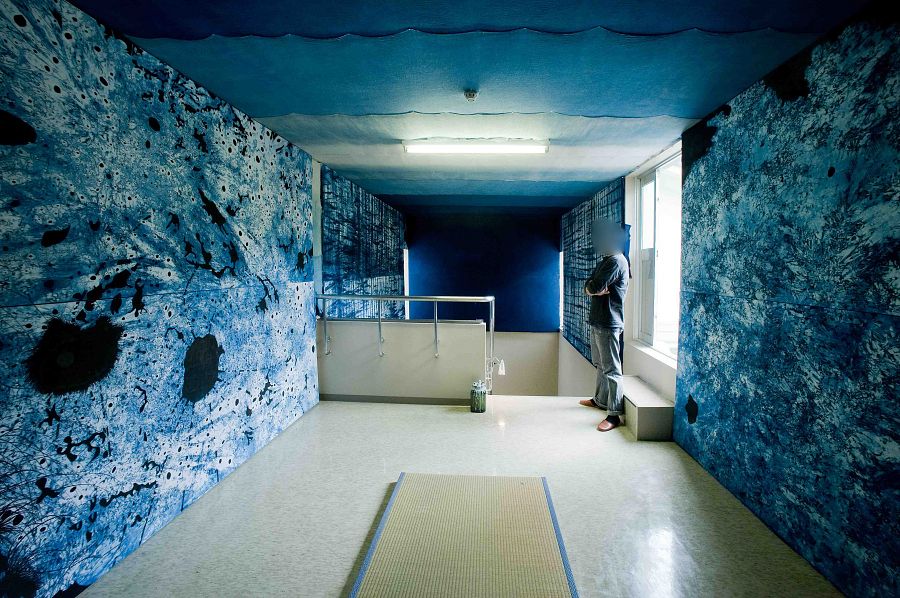
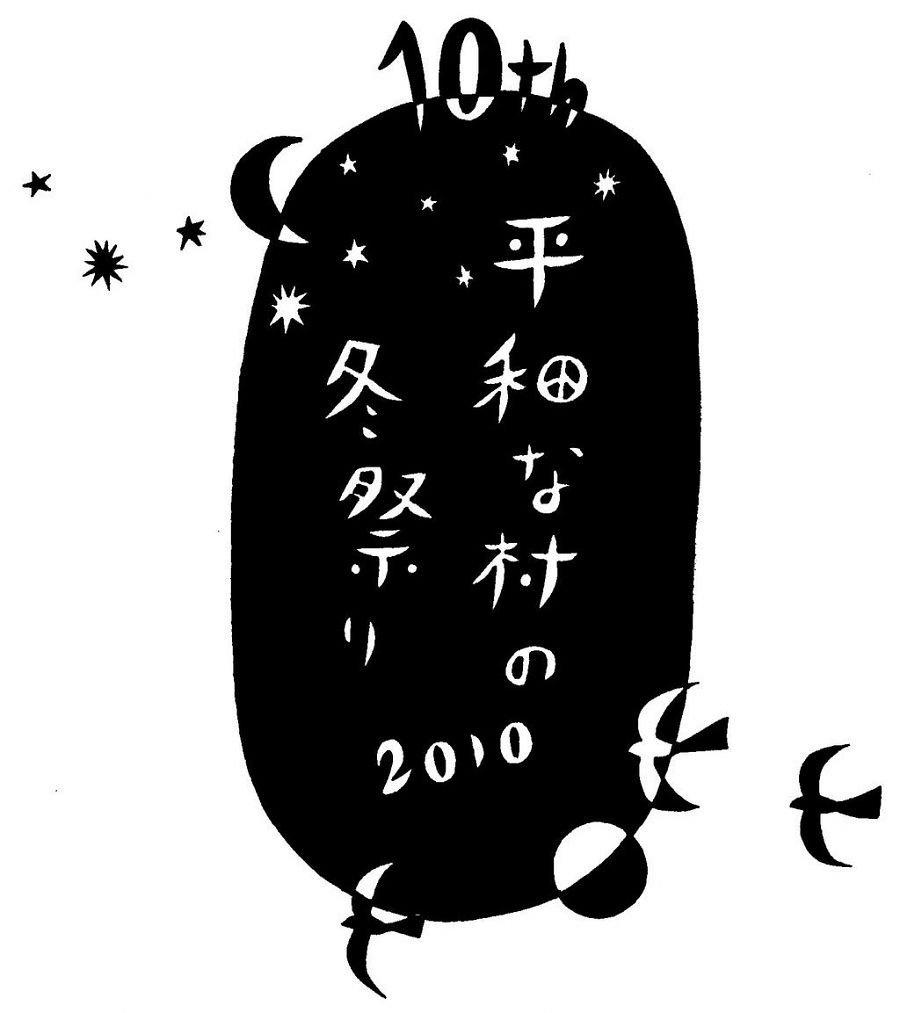
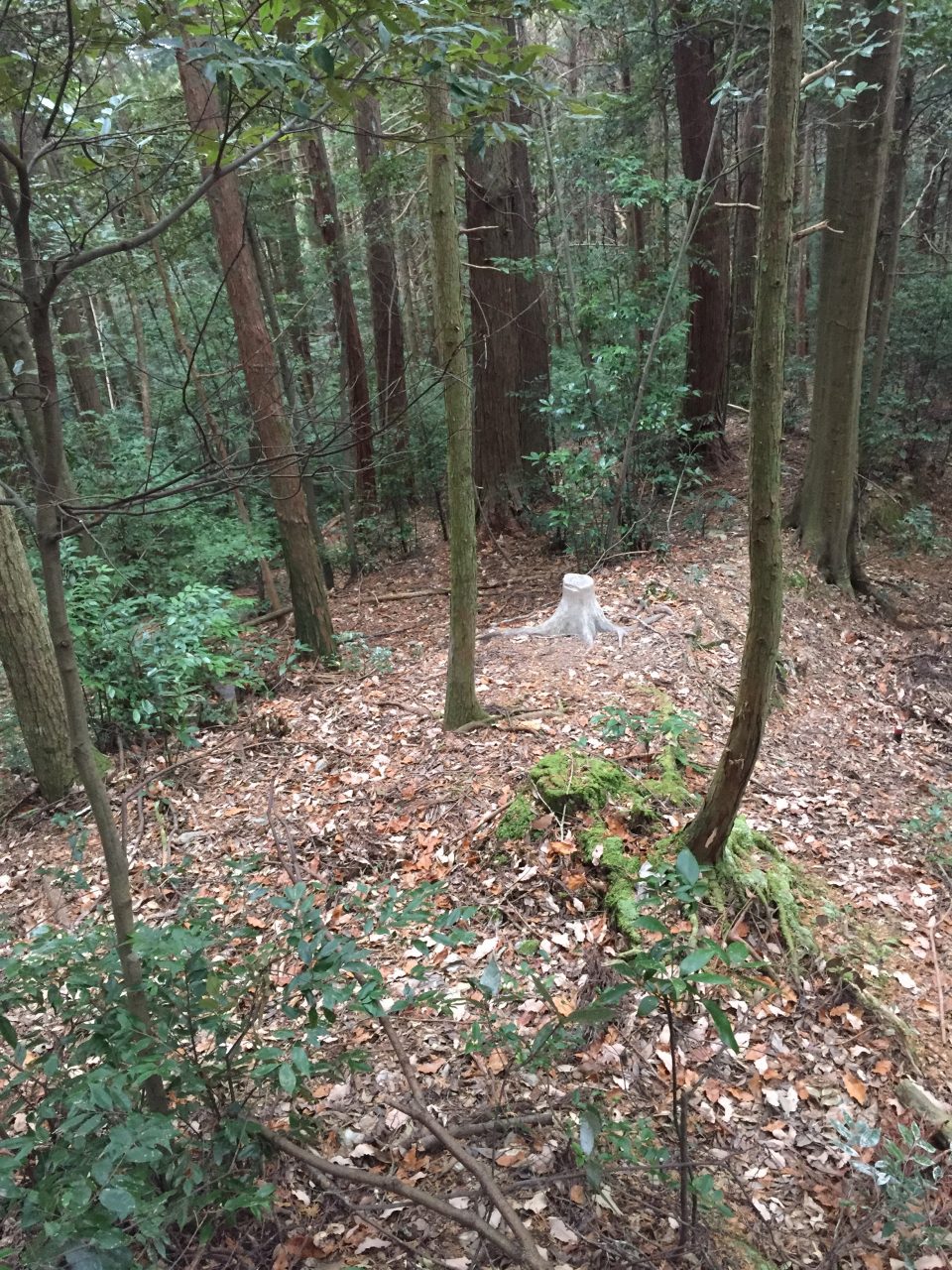



Comments
can't wait to see what happens!
12/07/2010 7:53 AM | alansan